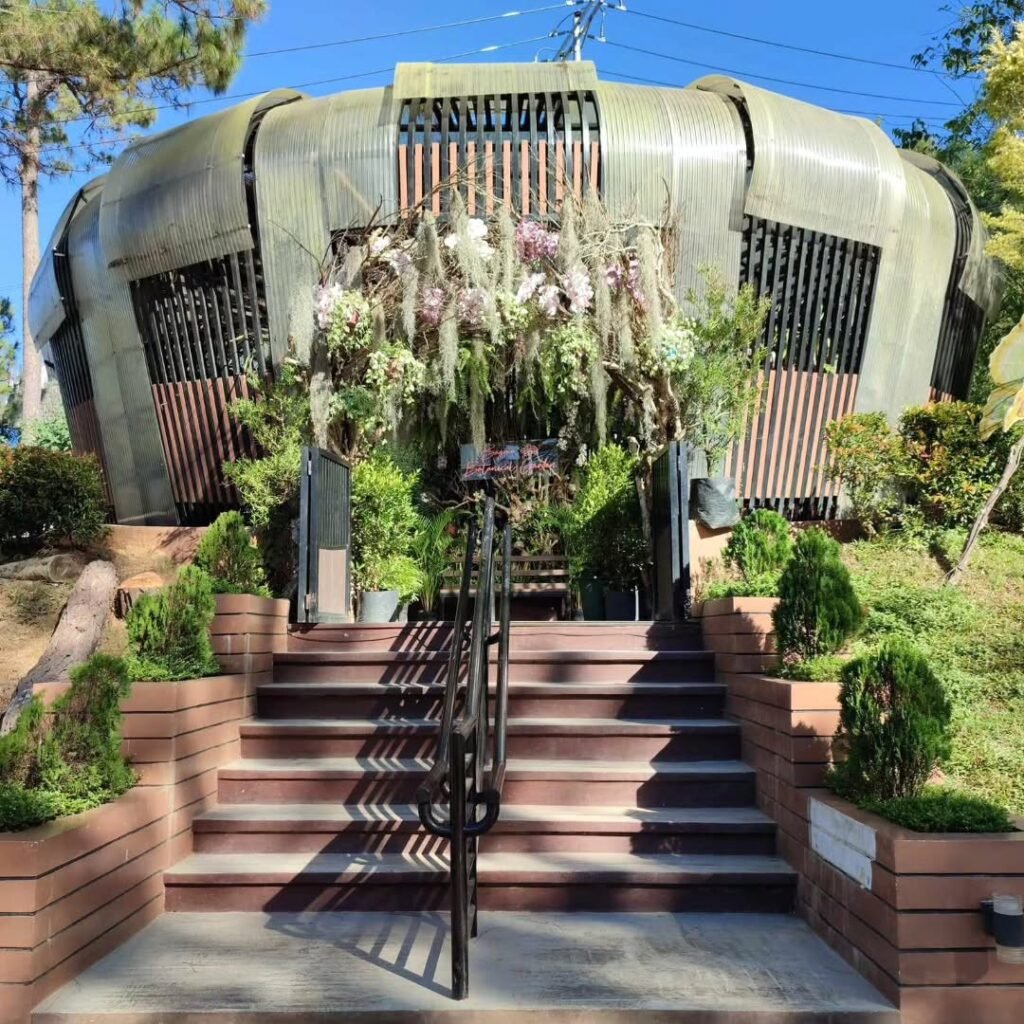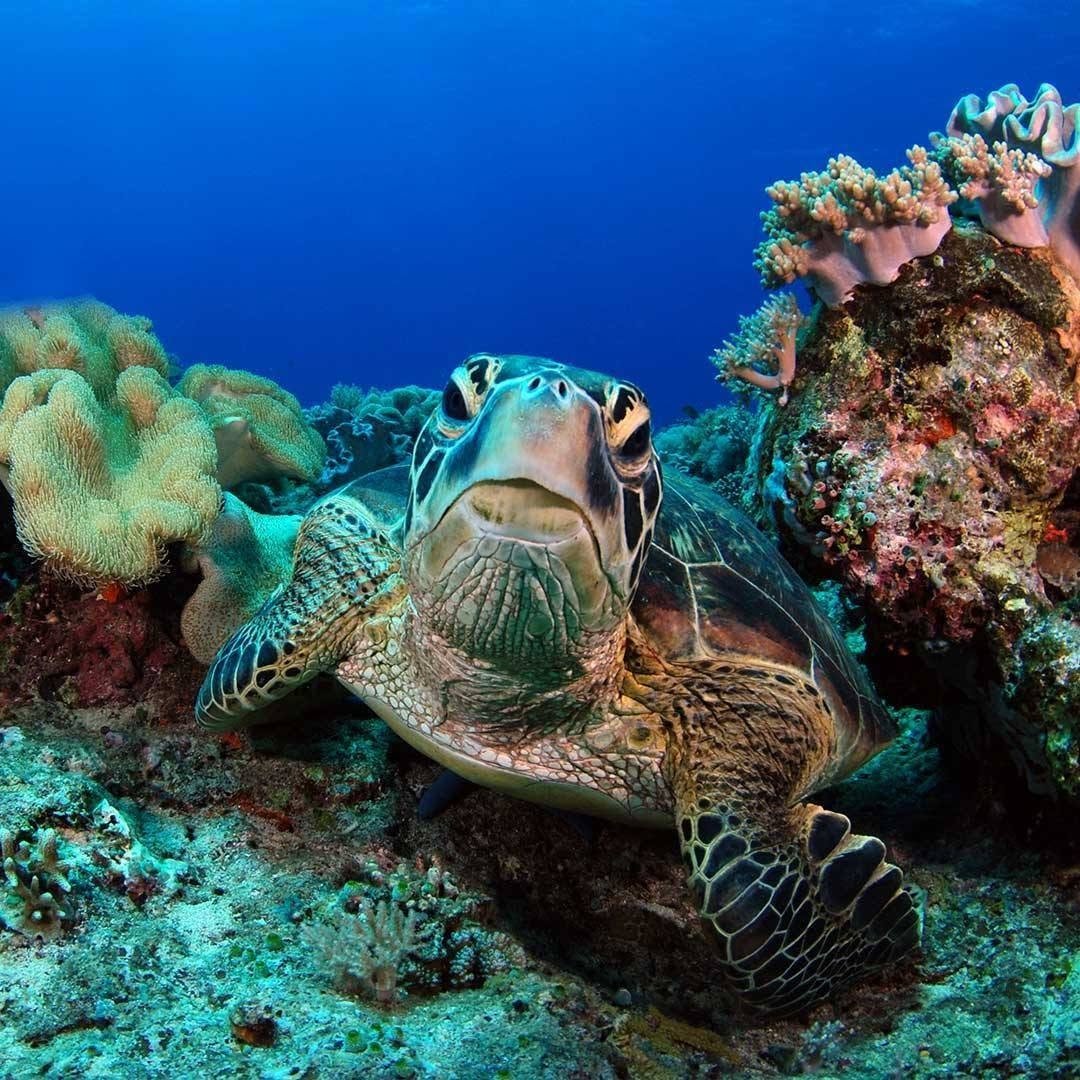
Apo Island: Gateway to an Underwater Eden
A Tiny Volcano with a Giant Reputation
Rising quietly from the Bohol Sea, Apo Island Negros Oriental is proof that remarkable things often come in small packages. Covering barely seventy-four hectares, this volcanic isle sits just forty minutes by banca from the mainland town of Zamboanguita, yet it feels worlds away. Palm-fringed shores open onto reefs so bright they seem filtered, and the village footpath—no cars, just passing geckos—guides visitors straight into an island rhythm where time slows to the pace of the tides.
Ecologically, Apo Island punches far above its weight. Declared a community-managed marine reserve in 1982, it harbours more than 650 fish species and nearly every hard-coral variety found in the Philippines. Conservation fees support local rangers who patrol the Apo Island Marine Sanctuary, proving that tourism and stewardship can thrive together. The result is an underwater city of schooling jacks, technicolour nudibranchs and living coral ramparts that scientists cite as a template for reef recovery worldwide.
So what is Apo Island known for? First, its turtles: green and hawksbill grazers drift through the shallows like friendly lawn-mowers, often inches from awestruck snorkelers. Second, its visibility—on a good day sunlight spears forty metres down, illuminating coral buttresses that dazzle even veteran divers. Finally, its sightlines above water reward hikers with sweeping sunset panoramas of the Mindanao Sea. Whether travelers choose to snorkel, dive, or simply swing in a hammock, memory cards fill fast and worries empty quicker, for good measure.
Table of Contents
Where Is Apo Island Located?
A Hidden Gem Just Off Negros Oriental
Where is Apo Island located? Nestled in the Bohol Sea off the southeastern coast of Negros Oriental, Apo Island is a small volcanic islet known for its world-class marine sanctuary. It sits about 30 kilometers south of Dumaguete City, making it a convenient yet adventurous side trip for anyone exploring the Visayas. Part of the municipality of Dauin, Apo Island lies roughly 7 kilometers from the mainland jump-off point at Malatapay in Zamboanguita.
Despite its remote atmosphere, Apo Island is remarkably accessible. From Apo Island Dumaguete route, travelers usually take a van or jeepney south to Malatapay (a 30–40 minute ride), followed by a 30-minute banca (motorized outrigger) ride across sparkling blue water.
Geographically, the island spans just 1.5 kilometers in length and 1 kilometer in width, yet it rises steeply to over 100 meters at its peak. Fringed with coral reefs and ringed by rugged limestone cliffs, it’s shaped more like a mountain rising from the sea than a typical sandy beach island.
For a clearer perspective, many refer to an Apo Island map to visualize its proximity to neighboring spots like Dauin, Dumaguete, and even Siquijor, which lies across the Bohol Sea. Though small in size, Apo Island’s strategic location makes it a must-visit stop in Central Visayas.
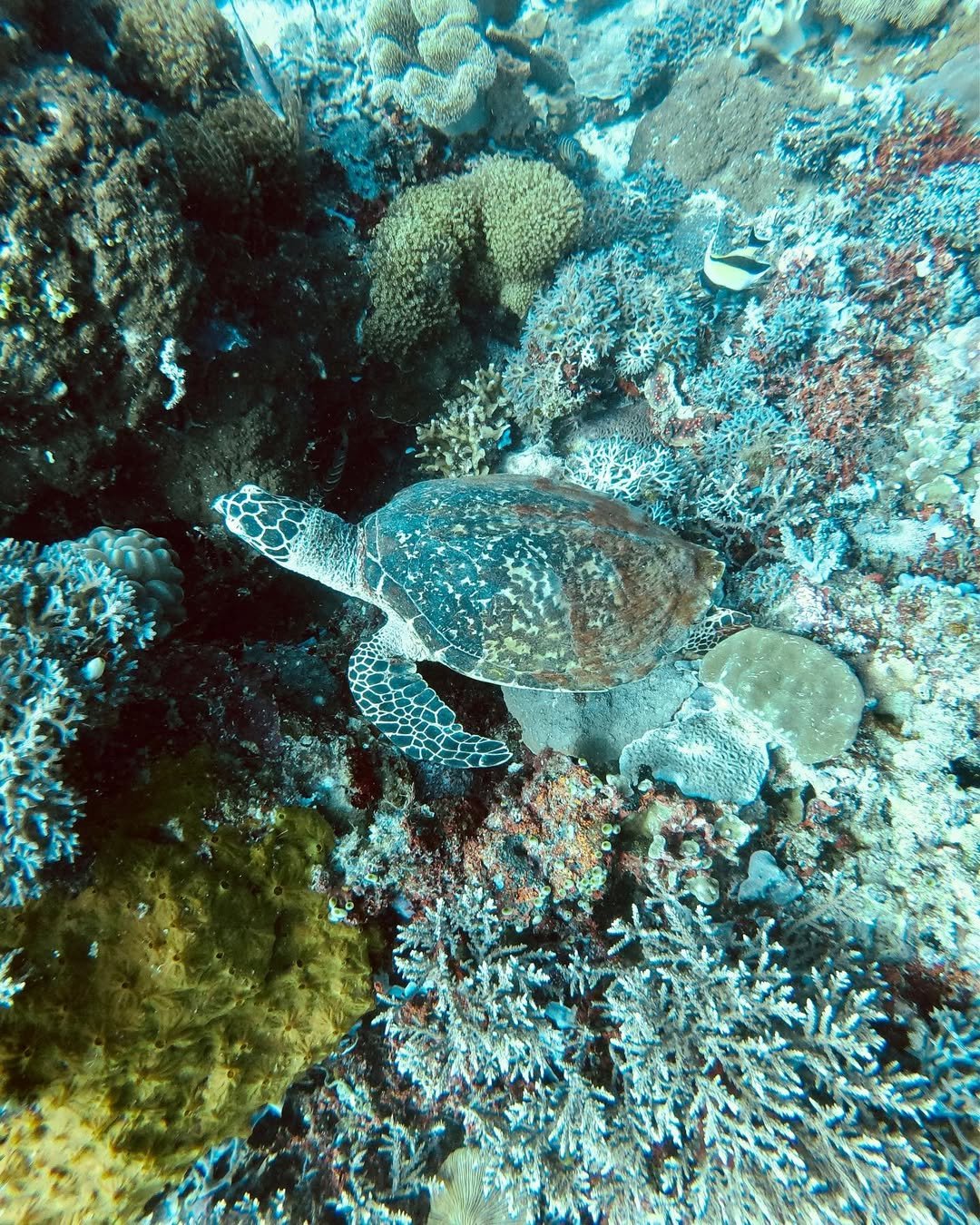
Apo Island History
From Struggling Fishing Village to Global Conservation Model
The Apo Island history is a remarkable tale of transformation—one that turned a struggling fishing community into a globally recognized model for marine conservation. Back in the early 1980s, Apo Island’s once-thriving fish stocks were dwindling due to overfishing and destructive practices like dynamite fishing. But this narrative took a hopeful turn thanks to the intervention of Dr. Angel Alcala, a Filipino marine biologist from Silliman University in nearby Dumaguete.
Dr. Alcala believed that local communities could play a leading role in marine conservation. Rather than enforcing protection from the outside, he worked directly with Apo’s residents to establish the Apo Island Marine Sanctuary in 1982. The sanctuary covered about 450 meters of coral reef along the island’s southeastern shore and was declared a “no-take zone,” where fishing was strictly prohibited. The initiative was a leap of faith—but one that quickly showed results.
Within just a few years, fish populations rebounded dramatically. Coral health improved, and neighboring areas outside the sanctuary even experienced a spillover effect, benefiting local fishers. Today, the Apo Island Marine Sanctuary protects more than 650 species of fish and around 400 species of coral. It’s frequently cited in international marine biology studies as one of the most successful examples of community-based reef management.
The success of Apo Island continues to inspire similar efforts across the Philippines and Southeast Asia. Its history proves that when science, policy, and community work together, even small islands can make a big impact.
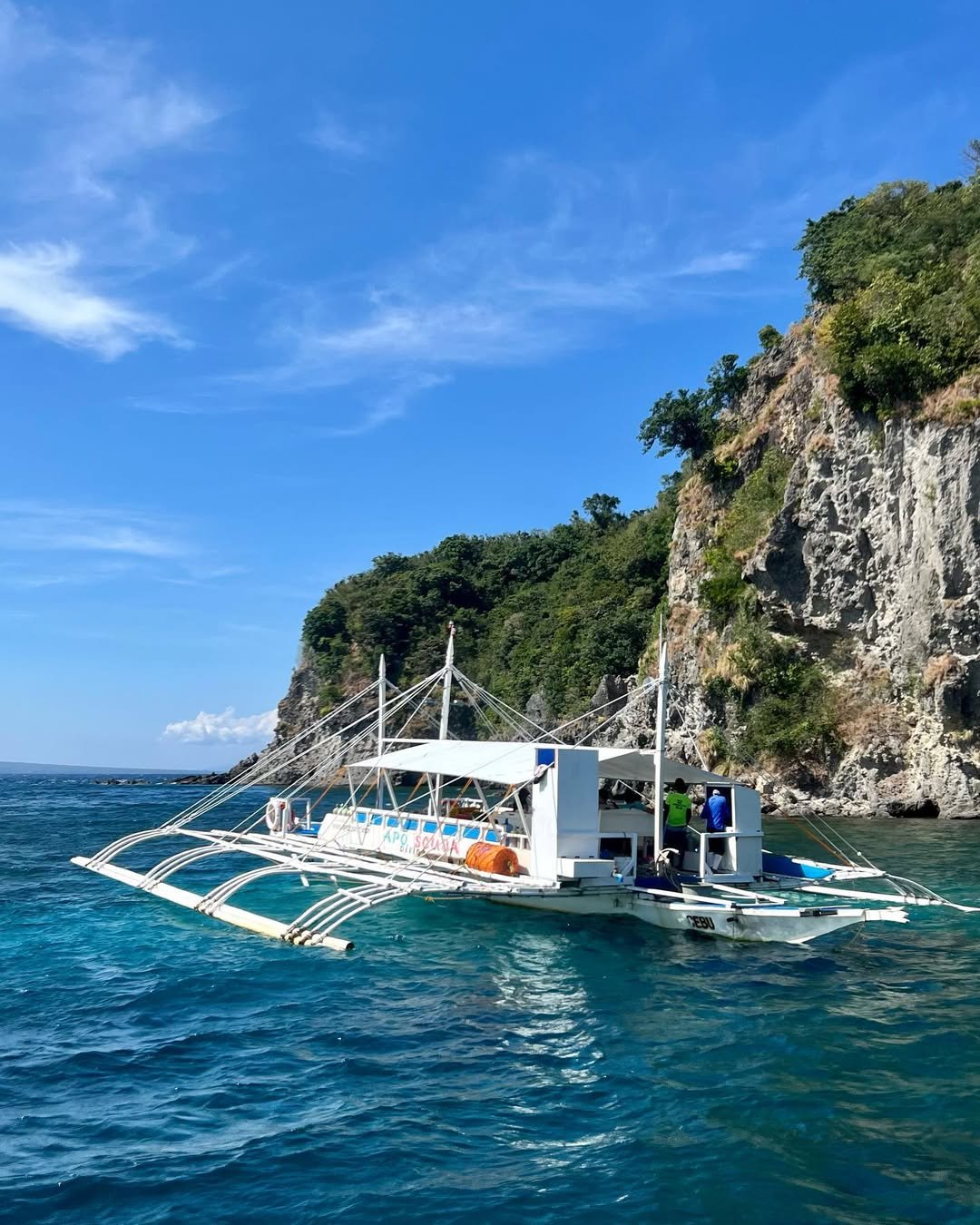
How to Get to Apo Island
Your Guide from Mainland and Beyond
Getting to Apo Island might feel like a mini adventure, but the journey is well worth the reward. Whether you’re coming from Dumaguete, Siquijor, or elsewhere in the Visayas, this guide breaks down the transportation options, expected travel times, and current arrangements to help you plan your Apo Island tour with ease.
From Dumaguete to Apo Island
Wondering how to get to Apo Island from Dumaguete? It’s the most common and accessible route. Here’s the step-by-step:
Land Transfer to Malatapay Port (Zamboanguita):
From Dumaguete City, take a public jeepney, Ceres bus, or private van to Malatapay Market in Zamboanguita. The ride takes around 30–40 minutes, and fares range from ₱25 to ₱50. The market serves as the main jump-off point to Apo.Boat Ride to Apo Island:
From the shoreline at Malatapay, you can hire a motorized outrigger boat (banca). The ride takes 30–45 minutes, depending on sea conditions. Boat rental rates vary based on size and sharing:Small boat (up to 4 pax): ~₱3,000–₱3,500 roundtrip
Larger boat (6–8 pax): ~₱5,000 roundtrip
Grouping up with other travelers can help reduce costs.
Apo Island Ferry Schedule:
There is no fixed public Apo Island ferry schedule. Boats depart on demand, usually in the morning. It’s advisable to arrive early (before 9 AM) to avoid delays or cancellations due to rough sea conditions.
From Siquijor to Apo Island
Travelers coming from Siquijor to Apo Island have fewer direct options, but it’s still doable.
Private Tours: Some resorts in Siquijor, like Coco Grove Beach Resort, offer full-day Apo Island tours, including boat transfers, meals, and snorkel guides. Rates typically start at ₱2,700–₱3,000 per person.
Chartered Boat: Independent travelers can try to negotiate a boat from Tambisan Port or Larena, but this is usually only feasible with a group. Travel time from Siquijor is around 1 to 1.5 hours.
Whether you depart from Dumaguete or Siquijor, reaching Apo Island is part of the journey’s charm—offering scenic sea views and a sense of anticipation before stepping onto one of the Philippines’ most biodiverse marine sanctuaries.
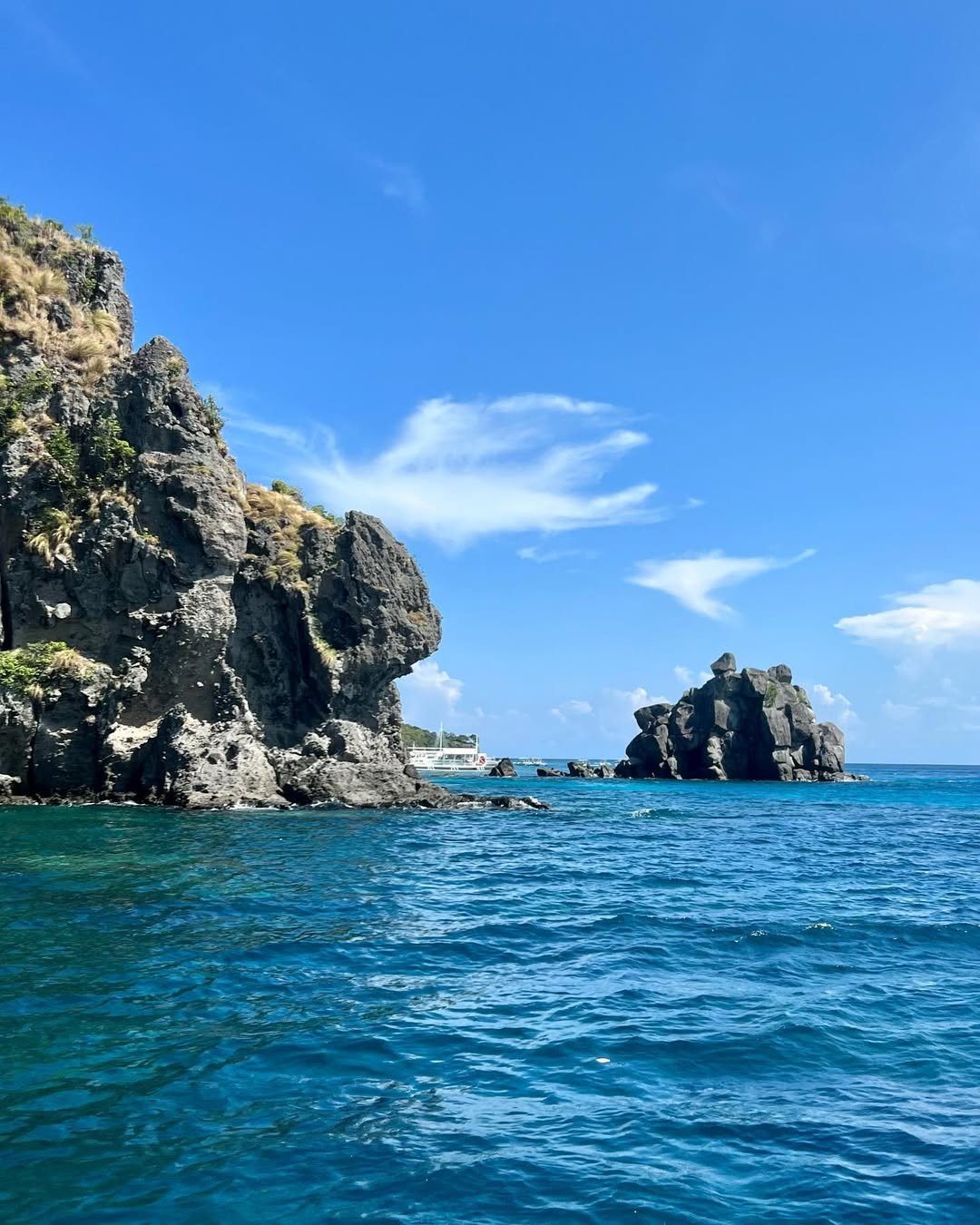
Apo Island Marine Sanctuary
A Living Laboratory of Marine Conservation
The Apo Island Marine Sanctuary is more than just a snorkeling destination—it’s a groundbreaking success story in marine conservation. Established in 1982 through a community-led initiative, this protected area has turned Apo Island into a global model for sustainable tourism and reef rehabilitation. If you’re wondering what is Apo Island known for, this sanctuary is the heart of its reputation.
What Makes It So Special?
Spanning approximately 7 square kilometers of vibrant coral reef, the sanctuary is home to over 650 species of fish and around 400 species of hard coral—nearly all the coral species found in the Philippines. But perhaps the most beloved residents are the green sea turtles and hawksbill turtles that gracefully swim through the shallows, often within reach of the main beach. It’s common for snorkelers to spot multiple turtles within minutes of entering the water.
In addition to turtles, the reefs teem with colorful parrotfish, angelfish, clownfish, jacks, groupers, and even the occasional reef shark. The visibility and biodiversity make it a paradise not just for divers, but also for marine biologists.
Rules, Fees, and Responsibilities
To maintain the sanctuary’s delicate ecosystem, strict guidelines are enforced:
No fishing in designated marine zones
No touching or chasing marine animals, especially turtles
No stepping on coral or disturbing the seabed
No plastic trash—visitors are encouraged to take their garbage with them
Before entering the sanctuary, guests are required to pay the Apo Island entrance fee:
₱100 for Filipino visitors
₱300 for foreigners
A licensed guide (~₱300 per group) is also mandatory for snorkeling in the turtle area
These fees go directly to conservation efforts, including ranger salaries, reef monitoring, and education for local communities. Through responsible tourism and visitor cooperation, Apo Island continues to thrive as one of the healthiest reefs in Southeast Asia.
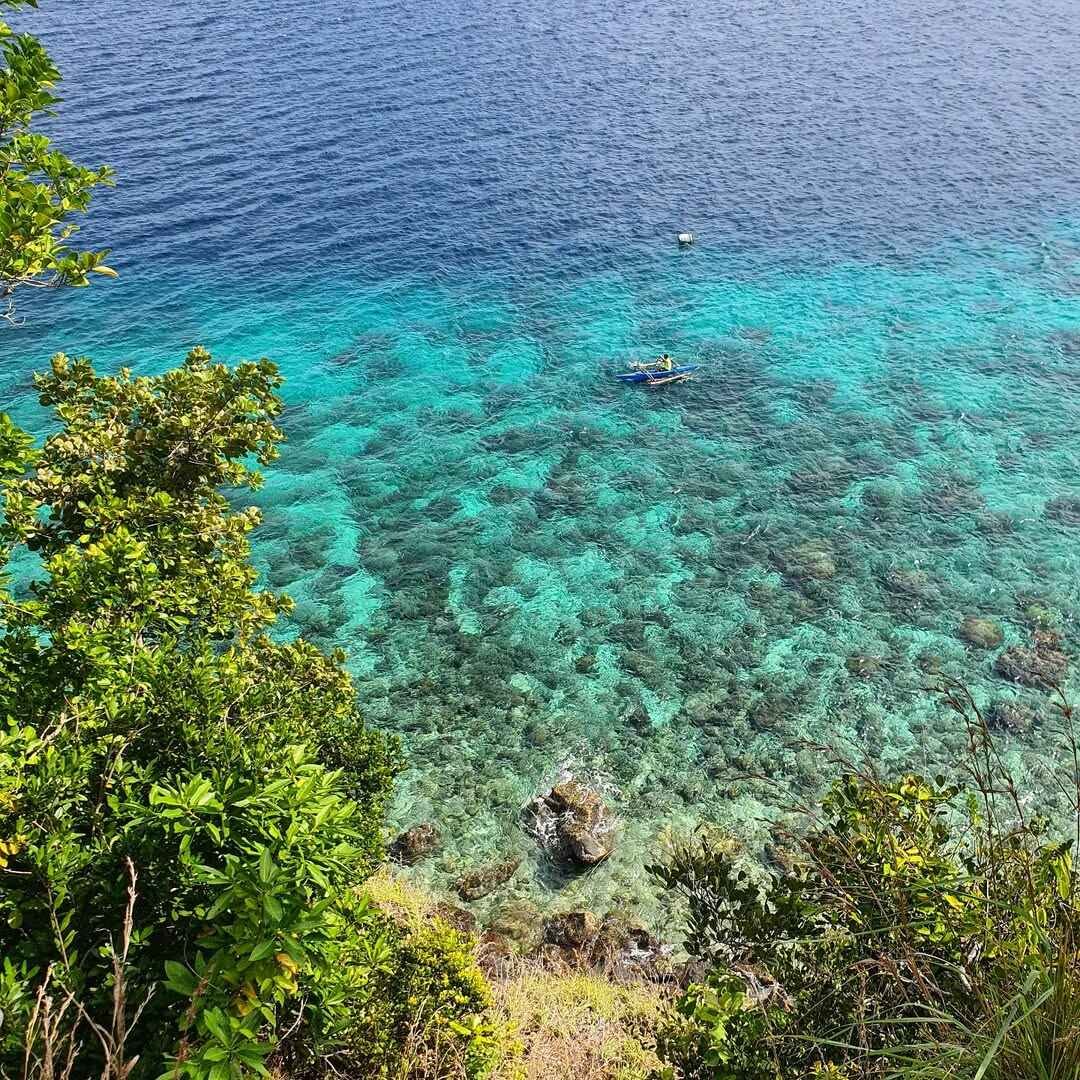
What to Do in Apo Island
A Slice of Paradise Packed with Natural Wonders
When planning an Apo Island tour, travelers often ask, “Is there more than just snorkeling?” The answer is a resounding yes. Although marine activities headline the itinerary, the island also offers hiking, photography spots, and authentic local experiences. Here’s a breakdown of what to do in Apo Island, with detailed insights to make the most of every moment.
Apo Island Snorkeling
The Main Attraction: Turtle Watching and Coral Gardens
Apo Island snorkeling is world-renowned for a reason. Just a few meters from the main beach lies the famed Turtle Sanctuary—a shallow reef that plays host to dozens of green and hawksbill sea turtles. These gentle grazers feed calmly on seagrass, often swimming past snorkelers without a care.
Best Spots:
Turtle Point – right off the main boat landing, perfect for beginners
Marine Sanctuary Area – offers coral gardens, reef fish, and deeper spots for strong swimmers
Costs & Rentals:
Mask and snorkel rental: ~₱100
Life vest: ~₱100
Local guide (required for Turtle Point): ~₱300 per group
Tips: Wear reef-safe sunscreen, don’t touch the turtles, and stay horizontal in the water to avoid kicking coral.
Scuba Diving
Explore Apo’s Underwater Majesty
For divers, Apo Island is a living classroom. The island has more than a dozen dive sites, each teeming with marine biodiversity and dramatic reefscapes. These sites range from shallow coral gardens to vertical drop-offs ideal for experienced divers.
Popular Dive Sites:
Rock Point East and West – stunning coral walls
The Chapel – vibrant fish life
Cogon Point – drift diving opportunities
Dive Packages & Rates:
Two-tank dive trip (with gear and lunch): ~₱5,000–₱5,300
Fun dives (shore entry): ~₱1,600–₱2,000
Most operators are based in Dauin or on Apo Island itself (Liberty’s Lodge and Apo Island Beach Resort both offer dive services)
Tip: Book in advance during peak season and confirm if your dive package includes sanctuary fees.
Hiking Trails and Viewpoints
Sweat, Stroll, and Soak Up the View
If you’re feeling land-bound, lace up for the Apo Lighthouse Trail—a steep but short climb (15–20 minutes) leading to the island’s lighthouse. It offers panoramic views of the island, reefs, and surrounding sea.
The Habagat Viewdeck Trail is a longer trek through coconut groves and inland paths that ends at a wooden deck overlooking the island’s lush terrain and turquoise shallows.
Tip: Wear sturdy shoes, bring water, and start early to avoid the midday heat.
Beach and Photography
Apo may be rugged, but its beaches deliver postcard-worthy beauty. The main cove is perfect for swimming, relaxing under coconut trees, or snapping shots of fishing boats and dramatic limestone cliffs.
Tip: Visit early morning or late afternoon for the best natural lighting.
Local Interactions and Culture
Apo’s small barangay community is home to friendly locals who are proud of their conservation success. Visitors can interact with fishermen, explore the village chapel, or learn about the island’s marine protection efforts at the information center.
Tip: Be respectful of the island’s simplicity—no loud music, no littering, and always greet with a smile.
From vibrant underwater adventures to soul-soothing hikes, what to do in Apo Island depends on your sense of adventure. Whether you’re drifting beside turtles or watching the sunset from a hilltop, this tiny island offers a big experience.
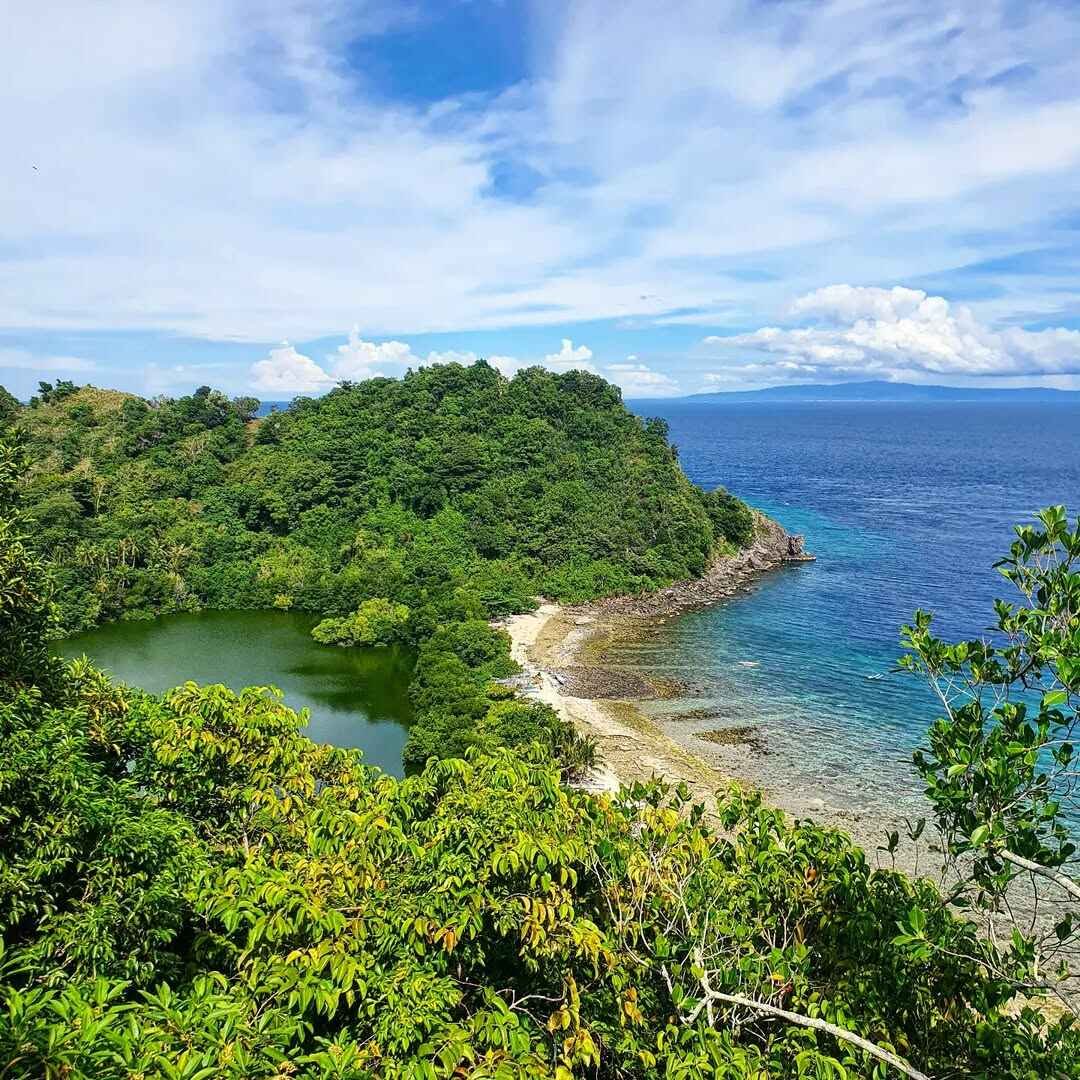
Apo Island Entrance Fees and Environmental Regulations
Supporting Conservation, One Visitor at a Time
Visiting the Apo Island Marine Sanctuary is not just an unforgettable experience—it’s also a chance to directly contribute to marine conservation. The island enforces several eco-regulations and fees to help protect its vibrant coral reefs and marine life.
Apo Island Entrance Fee Structure
Upon arrival, all guests must register and pay the Apo Island entrance fee at the barangay tourism center. These fees help fund sanctuary maintenance, environmental education, and local ranger operations.
Filipino citizens: ₱100 per person
Foreign nationals: ₱300 per person
Children under 6 years old: Usually free of charge
These rates may vary slightly depending on local ordinances or updated guidelines, so it’s best to bring extra cash just in case.
Required Guide Fees for the Turtle Sanctuary
If you plan to snorkel in the Turtle Sanctuary zone (and you definitely should), hiring a licensed guide is mandatory:
Guide fee: ₱300 per small group
This ensures visitor safety and helps enforce sanctuary rules such as proper distancing from turtles and coral.
Environmental Regulations for Visitors
To preserve the reef ecosystem, visitors must follow strict guidelines:
No touching or feeding marine animals
No stepping on or disturbing coral reefs
Use only reef-safe sunscreen
Avoid single-use plastic; bring reusable bottles and bags
Take all trash with you when leaving the island
By respecting these rules and paying the appropriate Apo Island entrance fee, travelers play an active role in protecting one of the Philippines’ most treasured marine sanctuaries.
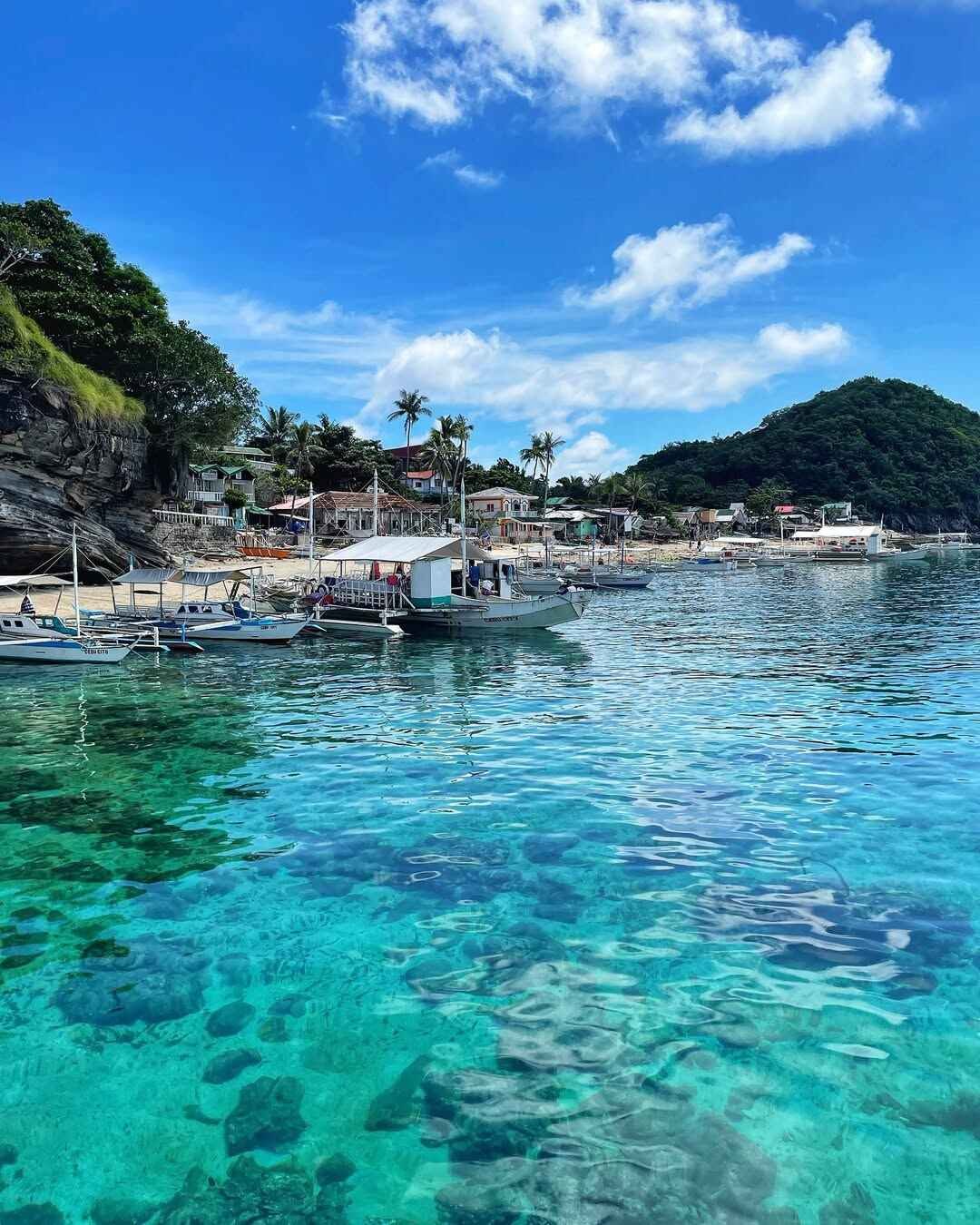
When Is the Best Time to Go to Apo Island?
Timing Your Visit for the Best Weather and Visibility
Knowing when is the best time to go to Apo Island can make the difference between an unforgettable snorkeling session with sea turtles and a rain-soaked afternoon stuck onshore. Since Apo Island Philippines is a marine sanctuary dependent on clear waters and good sea conditions, timing your trip is crucial for the full experience.
Dry Season (November to May): The Ideal Window
The dry season is considered the prime time to visit. From November through May, the weather is mostly sunny, seas are calmer, and underwater visibility can reach up to 30–40 meters—perfect for snorkeling and diving. During this season, marine life is more visible, especially in the early morning when turtles feed close to shore.
Best months: February to April
Best activities: Snorkeling, diving, hiking, and boat tours
Conditions: Clear skies, excellent visibility, calm seas
Wet Season (June to October): Less Crowded, But Riskier
The wet season, while not entirely off-limits, brings higher chances of rain and occasional rough seas. Boat transfers may be delayed or canceled on stormy days, and water visibility is often reduced. However, if you don’t mind a little unpredictability, you may enjoy fewer crowds and cooler temperatures.
Expect: Afternoon rains, windier seas, possible boat trip cancellations
Tip: Always check the weather and sea advisories before heading out
Dates to Avoid
Holy Week and Christmas holidays tend to be peak times for domestic tourism. Accommodations and boats fill up quickly, so book ahead if visiting during these dates.
For the best mix of weather, wildlife encounters, and travel convenience, aim to visit Philippines between late January and early May.
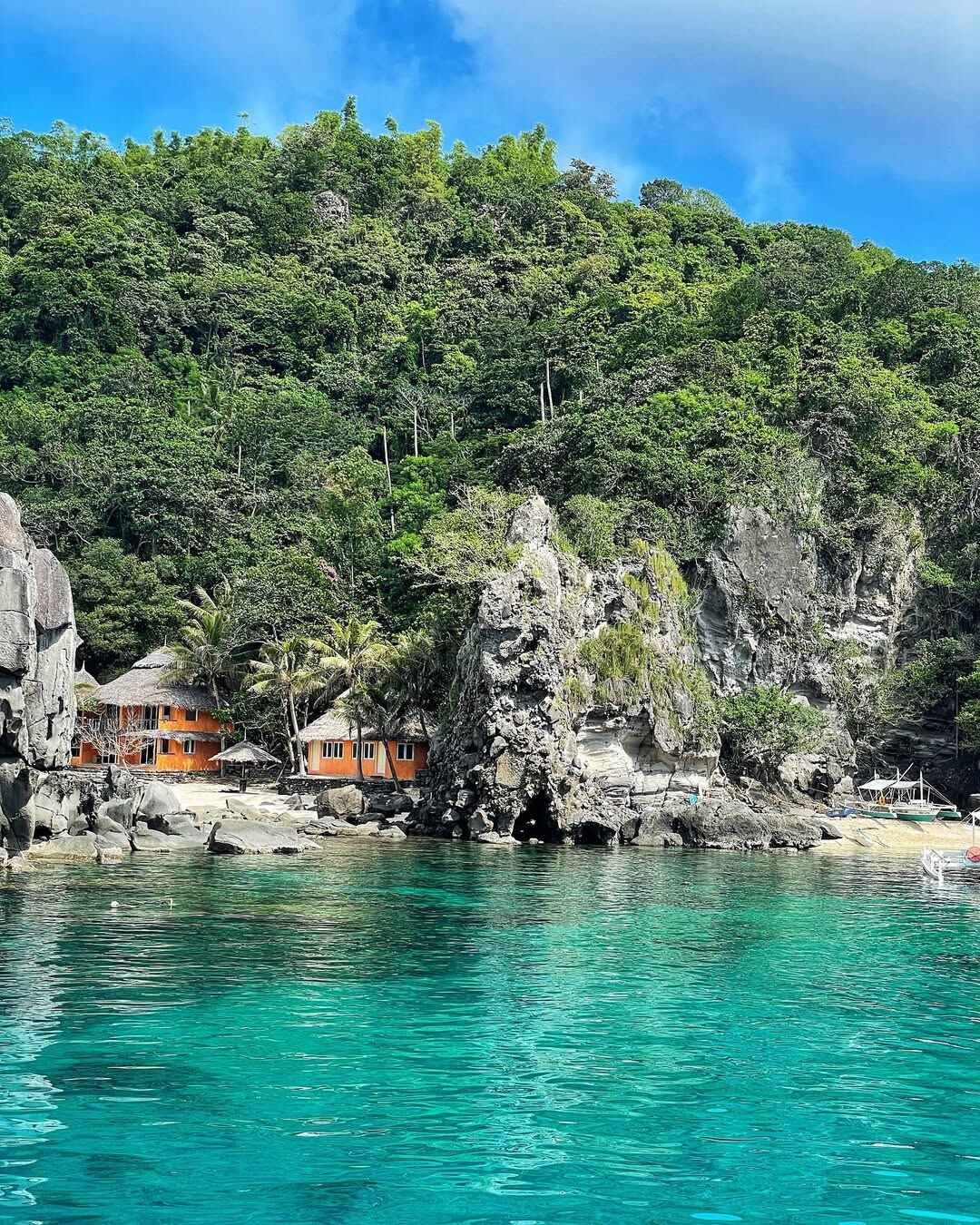
Where to Stay in Apo Island
Beachside Simplicity or Mainland Comfort?
Finding out where to stay in Apo Island can be both exciting and a bit tricky. While the island is rich in marine life, its accommodations are minimal and rustic—perfect for travelers who value simplicity and direct access to nature. If you’re looking for luxurious amenities, your best bet is to stay in Apo Island Dauin or nearby Dumaguete, then take a day tour to the island.
Apo Island Beach Resort
Mid-Range Comfort with Ocean Views
The most well-known accommodation on the island is the Apo Island Beach Resort. Located right on the shoreline, this rustic hideaway offers fan-cooled rooms, private cottages, solar-powered electricity, and basic amenities such as home-cooked meals and dive services.
Facilities: Native-style cottages, restaurant, dive center
Rates: ₱1,500–₱3,000 per night (depending on season and room type)
Booking: No large online platforms; reserve via phone or the resort’s Facebook page
It’s a go-to for divers and couples who want an eco-retreat with front-row views of the sea.
Liberty’s Lodge
Budget-Friendly Stay with Community Roots
Run by a local family, Liberty’s Lodge offers simpler rooms and shared amenities but shines in its authenticity and friendliness. Guests can book guided snorkeling tours, rent gear, or join short treks around the island.
Rates: From ₱800 to ₱1,500 per night
Ideal for: Solo travelers, backpackers, and students
Elnor’s Homestay
Local Hospitality at Its Best
For an even more immersive experience, Elnor’s Homestay is a modest guesthouse offering basic rooms with communal kitchens. Don’t expect luxury—just genuine smiles and a peaceful island atmosphere.
Nearby Alternatives in Dauin and Dumaguete
If you’re looking for better infrastructure, air conditioning, or reliable Wi-Fi, staying in Apo Island Dauin or Dumaguete City is a great option. Several dive resorts like Atlantis, Thalatta, and Sea Explorers offer Apo Island tours with early morning departures.
Travel time: ~30–45 minutes by boat
Tip: Book your tour in advance, especially during holidays
Whether you stay on the island or off it, Apo Island resorts offer something for every budget and style—just don’t expect infinity pools. The real luxury here is underwater.
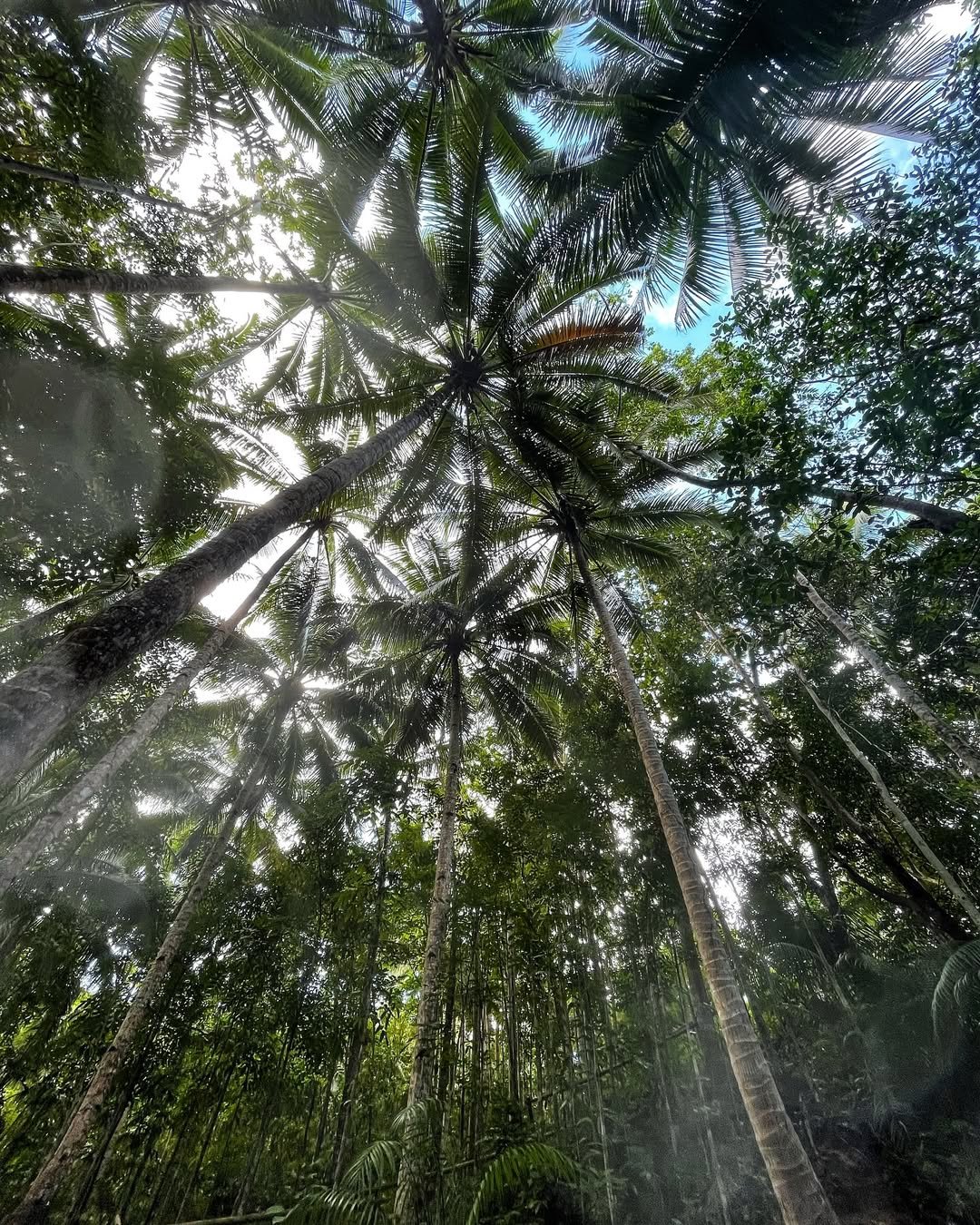
Where to Eat in Apo Island
Simple Meals with a Side of Seaview
If you’re wondering where to eat in Apo Island, the answer is simple: expect humble but hearty island meals. Apo Island doesn’t have commercial restaurants or fast food chains. Instead, meals are served by the island’s small resorts and family-run eateries.
Local Dining Options
The Apo Island Beach Resort and Liberty’s Lodge both have small dining areas that serve Filipino home-style dishes like adobo, grilled fish, tinola, and vegetable stews. Meals typically cost ₱150 to ₱250 per person, depending on the dish and availability of ingredients.
Homestays like Elnor’s also offer basic set meals upon request, but don’t expect à la carte menus. Food is often prepared fresh and in limited quantities—so patience is part of the island experience.
Bringing Your Own Food
Visitors are encouraged to bring snacks, water, or packed lunches, especially on day trips. There are no grocery stores, and supplies are brought in from the mainland. Keep it eco-friendly: use reusable containers and take all trash back with you.
In Apo Island, meals are more about sustenance than indulgence—but the view, the vibe, and the friendly service more than make up for it.
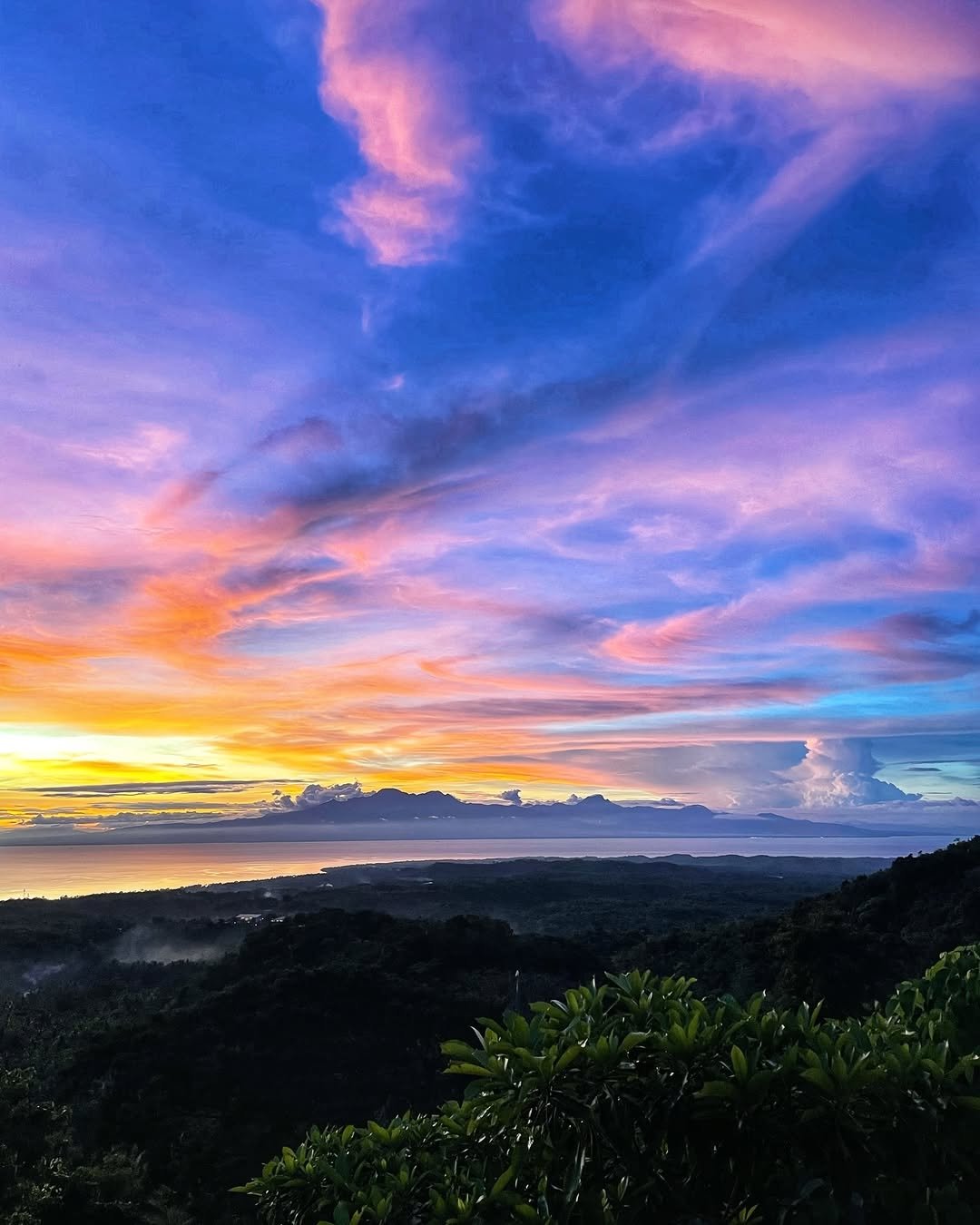
Apo Island Map and Local Layout
Know the Terrain Before You Explore
While Apo Island Philippines is small—just 1.5 km long and 1 km wide—understanding its layout can enhance your visit. A quick look at any Apo Island map reveals three main zones of interest: the main village and boat landing (where most visitors arrive), the marine sanctuary and snorkeling area to the southeast, and the inland trails leading to the lighthouse and Habagat Viewdeck.
Basic facilities include a barangay hall, a few homestays, and two main resorts. There are no paved roads or vehicles, so all movement is by foot. Being familiar with the layout helps you plan your time, especially if you’re only visiting for a day trip.
Apo Island Travel Tips
What Every Visitor Should Know Before Stepping Ashore
Planning ahead makes all the difference when visiting Apo Island Philippines. First, bring enough cash, as there are no ATMs or card facilities on the island. All payments—from the Apo Island entrance fee to meals and guide services—are strictly cash-based.
Mobile signal is also limited, especially once you’re deep in the village or on hiking trails, so inform loved ones before arriving.
Lastly, practice eco-friendly habits: avoid plastic, use reef-safe sunscreen, and never touch or feed marine life. Visitors are expected to carry their trash back to the mainland. These small actions help protect the island’s delicate marine sanctuary.
Nearby Attractions to Complement Your Apo Island Adventure
More Reasons to Extend Your Stay in Negros Oriental
After a day (or two) of sea-turtle selfies, travelers often ask what else lies within striking distance of Dauin and Dumaguete. The answer: plenty. Below is a curated list of nearby spots that pair perfectly with an Apo Island itinerary.
1. Dauin’s Muck-Diving Coastline
Just north of Malatapay Port, Dauin hosts world-class muck-diving sites such as Mainit and Cars, where frogfish, mimic octopus, and flamboyant cuttlefish headline every dive log. Many beachfront resorts offer affordable shore entries if you’re already geared up from the island.
2. Baslay Hot Spring and Twin Lakes (Valencia & Sibulan)
Swap saltwater for geothermal bliss at Baslay Hot Spring (40 min from Dauin), then cool off at Casaroro Falls or hike around Twin Lakes Balinsasayao—a pristine crater-lake reserve teeming with birdlife. Expect winding mountain roads and postcard views along the way.
3. Dumaguete City Heritage Trail
Back in the university town itself, stroll Rizal Boulevard for a coffee crawl, tour Silliman University’s marine museum, and hunt for silvanas pastries at Sans Rival. Evening ferries and late-night eateries make Dumaguete an easy hub between adventures.
4. Manjuyod Sandbar & Bais Dolphin Watching
A two-hour drive north leads to Negros Oriental’s famous “Maldives of the Philippines.” Mid-tide transforms Manjuyod into an endless stretch of white sand, while nearby Bais Bay offers morning cruises to spot spinner dolphins.
By weaving these attractions into your schedule, you’ll experience the full spectrum of Negros Oriental—reef, ridge, and urban rhythm—without straying far from your Apo Island base.
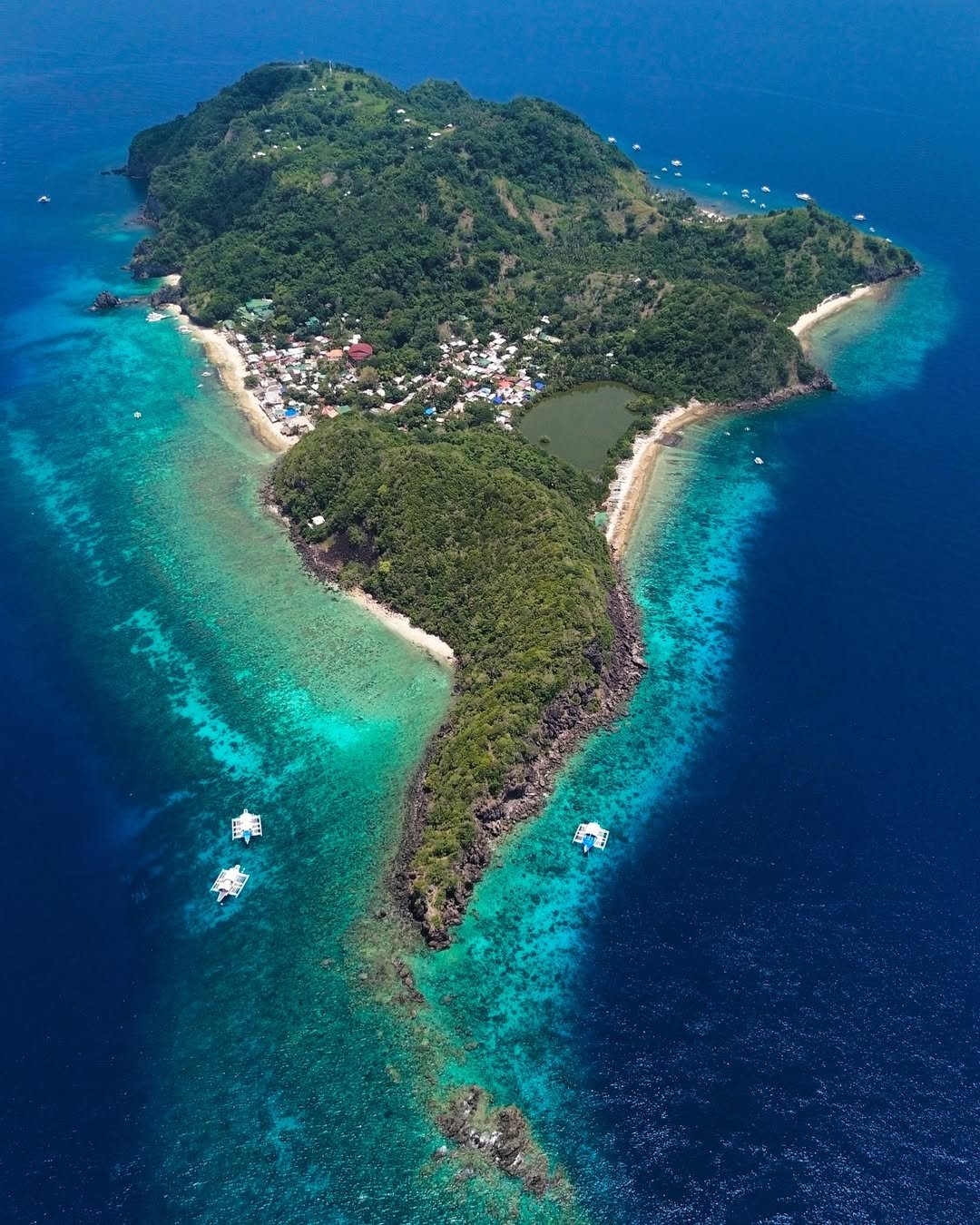
People Also Ask About Apo Island
How do I get to Apo Island from Dumaguete?
Travelers typically take a jeepney or van from Dumaguete to Malatapay Port (30–40 minutes, ₱25–₱50) and then charter a banca for the 30–45-minute crossing. Boats depart on demand—arrive before 9 AM to secure a seat.
Is there a fixed Apo Island ferry schedule?
No. The island relies on chartered bancas rather than a published Apo Island ferry schedule. Boats leave once enough passengers gather or when groups book private trips.
What is the current Apo Island entrance fee?
As of 2025, the Apo Island entrance fee is ₱100 for Filipino visitors and ₱300 for foreigners. A licensed guide (₱300 per group) is mandatory for the Turtle Sanctuary.
Where is Apo Island located, exactly?
Apo Island lies about 30 km south of Dumaguete, off the coast of Zamboanguita in Negros Oriental. On an Apo Island map, it appears as a small volcanic outcrop within the Bohol Sea, roughly 7 km from the mainland.
What to do in Apo Island besides snorkeling?
Beyond Apo Island snorkeling, visitors can scuba dive world-class walls, hike to the lighthouse and Habagat Viewdeck, relax on pocket beaches, and engage with the local fishing community.
When is the best time to go to Apo Island?
The prime window is the dry season from November to May—especially February to April—when seas are calm and underwater visibility peaks at 30–40 m.
Where to stay in Apo Island if resorts are full?
If both Apo Island Beach Resort and Liberty’s Lodge are booked, consider Elnor’s Homestay or stay in Apo Island Dauin or Dumaguete, where dive resorts offer daily island tours.
Can I buy food on the island?
Dining choices are limited to resort canteens serving home-style Filipino meals (₱150–₱250 per dish). Day-trippers should bring snacks and refillable water bottles—no stores or ATMs operate on the island.

